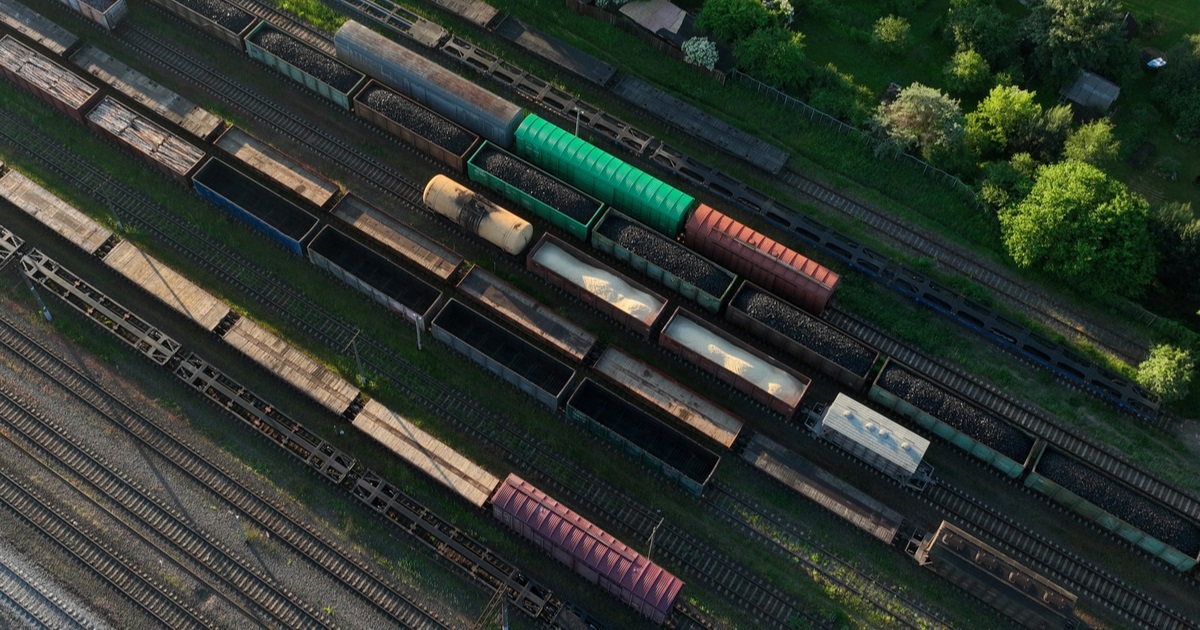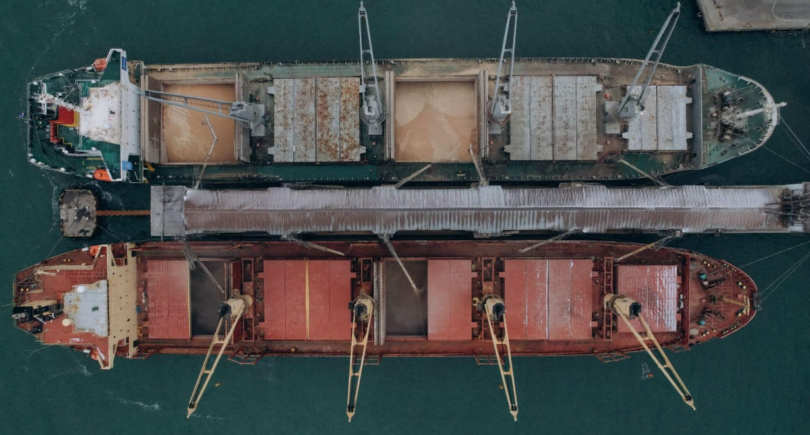
News Infrastructure freight transportation 563 12 October 2022
As of October 11, 2022, the number of railcars waiting for transfer across the border decreased by 4.4 thousand units compared to mid-September
As of October 11, 2022, the queues of freight railcars at border crossings decreased by 4.36 thousand units compared to the mid-September – to 14.6 thousand units. This was stated by the press service of Ukrzaliznytsia (UZ), reports Rail.Insider.
At the same time, the reduction in the queue is not due to an increase in the transfer of railcars across the border, but to the reorientation of grain cargo to seaports. The actual average daily delivery of goods through railway crossings in the first half of October decreased by 324 railcars compared to September.
“A grain corridor was opened through the ports and, accordingly, the cargo went to them. If there is no corridor, I am sure that the situation will return to what we had earlier this year,” said the director of the UZ’s traffic control department, Volodymyr Rushchak.
According to him, the reduction in the volume of cargo occurs against the backdrop of large-scale air alerts, during which work at border stations stops. The best situation with queues at crossings is with Moldova, where trains stop only to change traction.
The main problem for exporting is the different track width. In Europe the width of the railway track is 1435 mm, while in Ukraine it is 1520 mm. According to industry sources, the total daily capacity of Ukrzaliznytsia and companies of neighboring countries to transfer rolling stock from 1,520 mm to 1,435 mm track gauge is 175 cars. In fact, these are only three full-fledged trains with cargo.
As GMK Center reported earlier, Ukrzaliznytsia in September 2022 reduced export transportation of iron and manganese ores by 28.6% compared to the previous month – to 1 million tons. Shipment of steel products by railway increased by 35.7% compared to the previous month – up to 380 thousand tons.



